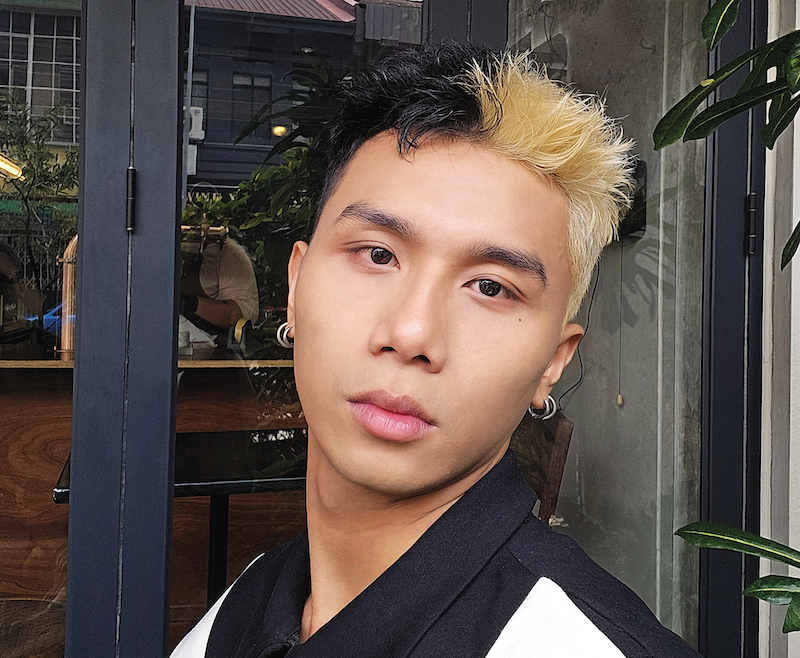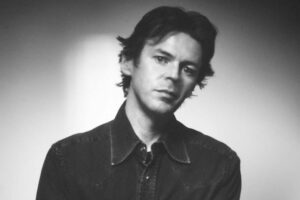The brand name speaks of the founder’s innermost thoughts and emotions, both positive and negative.
For the typically fashion-conscious person, few things hurt more than being hit with the dreaded line, “Why would you wear that? It is so ugly!”, particularly when delivered by a friend or family member. While such comments may sting, they slowly but surely begin to lose their initial negative impact as the discovery— and subsequent embrace — of one’s personal style gives way to evoke pleasure and joy.
This growing sense of fashion-forwardness and freedom in no way prevents any of the usual criticisms of one’s clothing choices. But a growing movement that celebrates individuality and the understanding that beauty is subjective is now giving rise to a new breed of creative who champions the unconventionally attractive.
Enter Daren Yeap, founder of the local brand UglyPretty. No stranger to hearing tough-to-swallow opinions, the up-and-coming young designer has grown to acknowledge that a single adjective (or unwarranted barb) does not make, break or invalidate the beauty of his design.

Yeap champions the unconventionally attractive
“During my college years, my work was often labelled as either ‘ugly’ or ‘pretty’ by my lecturers. For me, the definitions of these very words are open to interpretation. These polarising concepts vary depending on the individual’s perspective,” he says.
Anyone who has kept an eye on fashion trends over the past few years would have been highly aware of the “20-year trend cycle”, which describe how certain styles that have fallen out of favour seem to make a reappearance just a couple of decades later. What is perhaps most intriguing about this phenomenon is that, in between those periods of resurgence, the once-coveted items would be considered obsolete and unappealing.
The ability of the same article of clothing to simultaneously embody both concepts is something Yeap truly appreciates. “It fascinates me that Y2K trends, once considered ‘ugly’, are now embraced by the majority of people,” he chuckles.And this is fact — in the 2020s came the return of low-waisted bottoms, rhinestone appliques and baguette bags, all of which were thought of as tacky just a decade earlier.
However, true magic lies in unorthodox forms and designs being reimagined by young talents such as Yeap. Slouchy low-rise jeans, originally popularised by hip-hop and R&B artistes like Aaliyah and Destiny’s Child, take on a futuristic look with abstract bleached patterns reminiscent of intricate cobwebs. An item as overdone as the shoulder bag can be born anew from silvery denim fabric, complete with a wavy, exaggerated border that catches the eye. A slinky black dress, considered indispensable even for the most minimalist capsule wardrobe, is given the UglyPretty touch by way of a tripartite look: a glamorous maxi gown whose detachable skirt can be refashioned into an LBD or a flirty waterfall hem frock.
Yeap’s love for bringing something new to familiar formats is also seen in revamped clothing, which have deep roots in his brand’s history. “I’ve always had a passion for upcycling second-hand clothing,” he says. One of the most impressive is a collection constructed from repurposed denim and batik.
Featuring hard-boned corset tops with voluminous leg ‘o’ mutton sleeves and blue jeans with flame-shaped cutouts, the assortment carries a meaningful interpretation of sustainability as well as cultural innovation and appreciation. Denim’s durability means it is tougher to recycle, making repurposing a more efficient waste management method for old textiles. Meanwhile, batik’s association with traditional wear can impose a rather “stuffy” and uncool air in the eyes of youths. Incorporating the fabric into beloved styles helps strip back preconceived notions while letting it be seen purely for its elaborate craftsmanship, demystifying the various ways the textile can be worn.
“In the past, many considered second-hand garments to be outdated and unattractive, leading them to be discarded. However, I repurpose these items into something captivating and enjoyable,” says Yeap.
Having been in business for nearly five years, UglyPretty is still a relatively young brand. Having said that, Yeap’s ambitions for it have only expanded. He wants UglyPretty to be more than “solely a fashion brand”. In the same way that the label was initially established as a platform for him to exhibit his work, he hopes to build a space where individuals can freely express themselves without any fear or judgment from others.
Most importantly, UglyPretty’s name and symbolism speak of the founder’s innermost thoughts and emotions, both positive and negative. “This duality mirrors the human experience. We all possess both the good and the bad, much like the concept of yin and yang,” he says.
In a world where clothing, and art in general, are constructed with pointed messages and themes, Yeap’s ability to give fluidity to his designs allows them to evolve along with the wearers’ moods and the image they want to project while in them. It is human nature to be constantly changing and growing, psychologically as well as physically. After all, a dress or accessory that enables one to imbue it with his or her own perceptions and fashion sense, regardless of how someone else may view it, epitomises this vital tenet of good style: to wear the clothes rather than let it wear you.
Source : Options






















